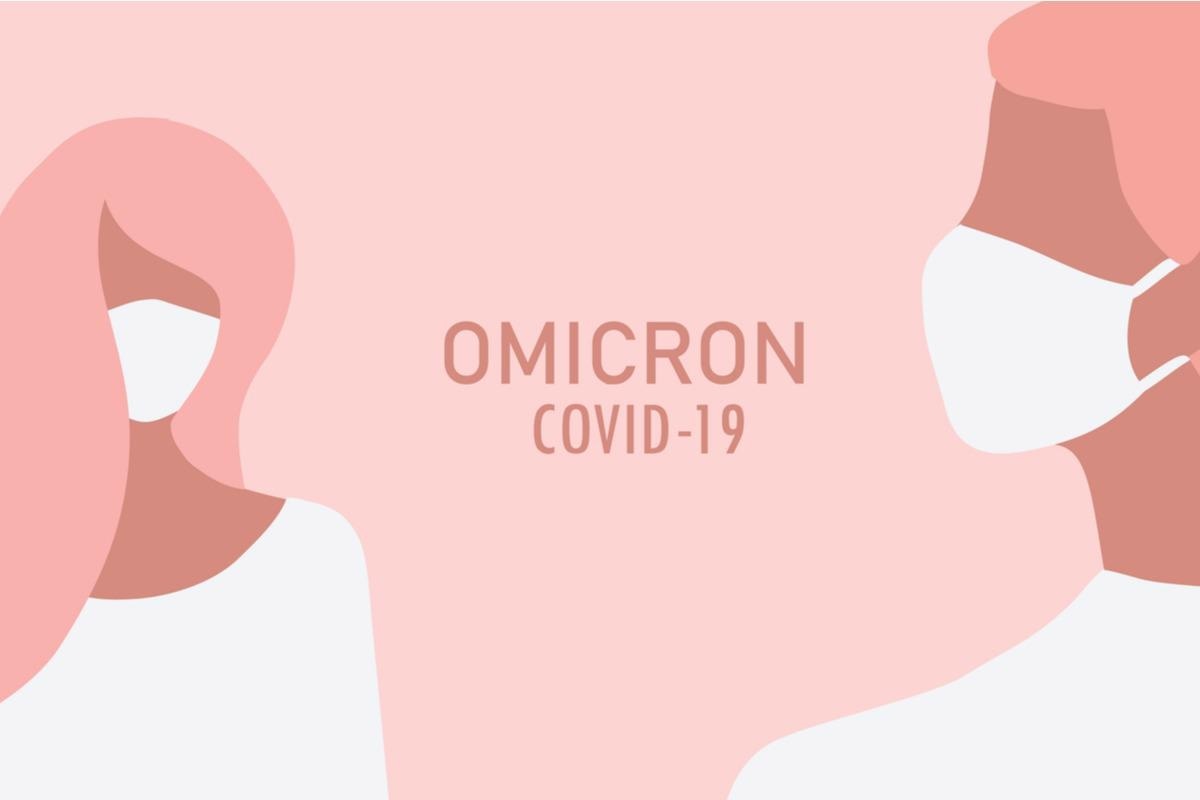In a recent study published in Emerging Infectious Diseases, researchers conducted a retrospective analysis to evaluate the duration of the severe acute respiratory syndrome coronavirus 2 (SARS-CoV-2) Omicron variant virus shedding. They examined the clinical samples collected from the upper respiratory tract of case-patients infected with the Omicron variant in Japan.

Background
The SARS-CoV-2 Omicron variant, due to its high infectivity and transmissibility, has rapidly spread worldwide. Few studies have reported the clinical course and virus shedding duration in Omicron-infected patients based on quantification cycle (Cq) values. However, the association between virus shedding duration and the infectivity of the Omicron variant is unknown.
To fill this gap, this study was designed to assess the criteria for the isolation of SARS-CoV-2-positive patients infected with the Omicron variant.
Study design
In this study, the authors included leftover clinical samples collected from SARS-CoV-2 Omicron-infected patients in Japan between November 29th, 2021, and December 18th, 2021. The Omicron variant was sequenced by whole-genome sequencing, and the sequences obtained were uploaded on the Global initiative on sharing all influenza data (GISAID).
Saliva or nasopharyngeal samples collected from coronavirus disease 2019 (COVID-19)-positive cases at the airport quarantines were transferred to the National Institute of Infectious Diseases (NIID) to confirm infection by the Omicron variant. The quantitative reverse transcriptase-polymerase chain reaction (qRT-PCR) measured SARS-CoV-2 ribonucleic acid (RNA) and was also used for virus isolation assay. The Cq values depicting the viral RNA levels were measured.
To assess infectious virus shedding, the authors classified the specimens according to the diagnosis date, date of symptoms onset, and date of symptoms resolution. The 18 case-patients studied were SARS-CoV-2 vaccinated, at least more than 14 days before COVID-19 diagnosis. Out of the 18 patients, 15 patients were symptomatic, and three were asymptomatic.
Findings
The findings of this study demonstrated that among the 101 samples analyzed, infectious virus was detected in more than 9% of the SARS-CoV-2 Omicron variant-infected patients (total 10; eight symptomatic and two asymptomatic patients). The SAR-CoV-2 RNA levels were significantly higher in nasopharyngeal and saliva samples with the infectious virus as compared to samples without the infectious virus. More than 41% of viral isolates were detected in samples collected after two to five days of diagnosis; however, no viral isolates were detected after ten days of COVID-19 diagnosis.
The authors observed that samples from 20% to 30% symptomatic COVID-19 patients had an infectious virus. The infectious virus was detected before the patients were symptomatic to nine days after symptoms onset but was not detected beyond ten days of symptoms onset. Infectious virus shedding was detected in 30% of patients up to two days after the resolution of symptoms, but no virus shedding was detected beyond three days of symptoms resolution.
Conclusion
The findings of the study demonstrated that fully vaccinated COVID-19 case-patients with mild or asymptomatic SARS-CoV-2 omicron variant infection shed infectious virus in samples for six to nine days after diagnosis and even after the resolution of symptoms but don’t shed infectious virus after ten days of symptoms onset. This suggested the probability of variations in the viral replication kinetics.
However, the study has limitations in that infectious virus was characterized through assays in only 18 patients and the infectivity outside the study was unknown. No epidemiologic data was available about the secondary infections that occurred from patients with infectious viruses.
Moreover, the assay results for virus isolation and infectivity depend on the sample collection procedure, storage conditions, and duration. Therefore, negative test reports don’t guarantee the absence of infectious virus in the sample. Last, for some case-patients whose samples were saliva and collected at the airport quarantine, the quality of the sample was not suitable for virus isolation.
Based on this study results, the COVID-19 outbreak situation, and the isolation criteria in other countries, the criteria for the isolation of SARS-CoV-2 Omicron infected patients was changed in Japan on January 6th, 2022. Patients who have been vaccinated twice were no longer required two successive COVID-19-negative test results after ten days of the diagnosis of COVID-19 or onset of symptoms.
-
Takahash K, Ishikane M, Ujiie M, Iwamoto N, Okumura N, Sato T, et al. Duration of infectious virus shedding by SARS-CoV-2 Omicron variant–infected vaccinees. Emerg Infect Dis. 2022 May. doi: https://doi.org/10.3201/eid2805.220197 https://wwwnc.cdc.gov/eid/article/28/5/22-0197_article
Posted in: Medical Science News | Medical Research News | Disease/Infection News
Tags: Assay, Coronavirus, Coronavirus Disease COVID-19, covid-19, Genome, Infectious Diseases, Influenza, Nasopharyngeal, Omicron, Polymerase, Polymerase Chain Reaction, Respiratory, Reverse Transcriptase, Ribonucleic Acid, RNA, SARS, SARS-CoV-2, Severe Acute Respiratory, Severe Acute Respiratory Syndrome, Syndrome, Virus

Written by
Sangeeta Paul
Sangeeta Paul is a researcher and medical writer based in Gurugram, India. Her academic background is in Pharmacy; she has a Bachelor’s in Pharmacy, a Master’s in Pharmacy (Pharmacology), and Ph.D. in Pharmacology from Banasthali Vidyapith, Rajasthan, India. She also holds a post-graduate diploma in Drug regulatory affairs from Jamia Hamdard, New Delhi, and a post-graduate diploma in Intellectual Property Rights, IGNOU, India.
Source: Read Full Article
